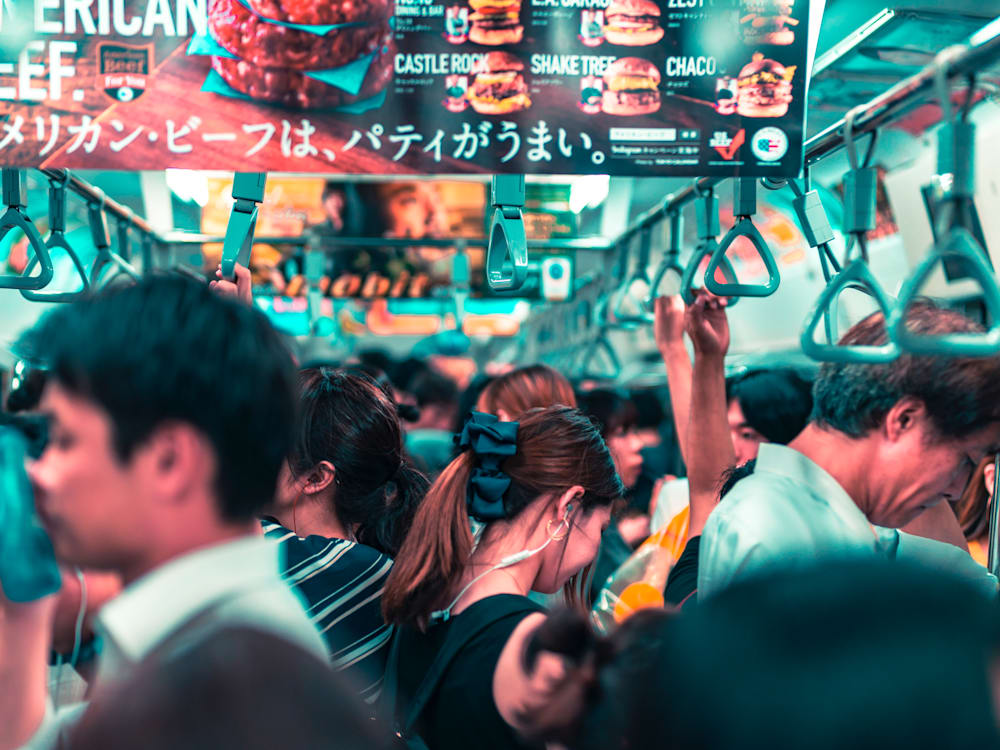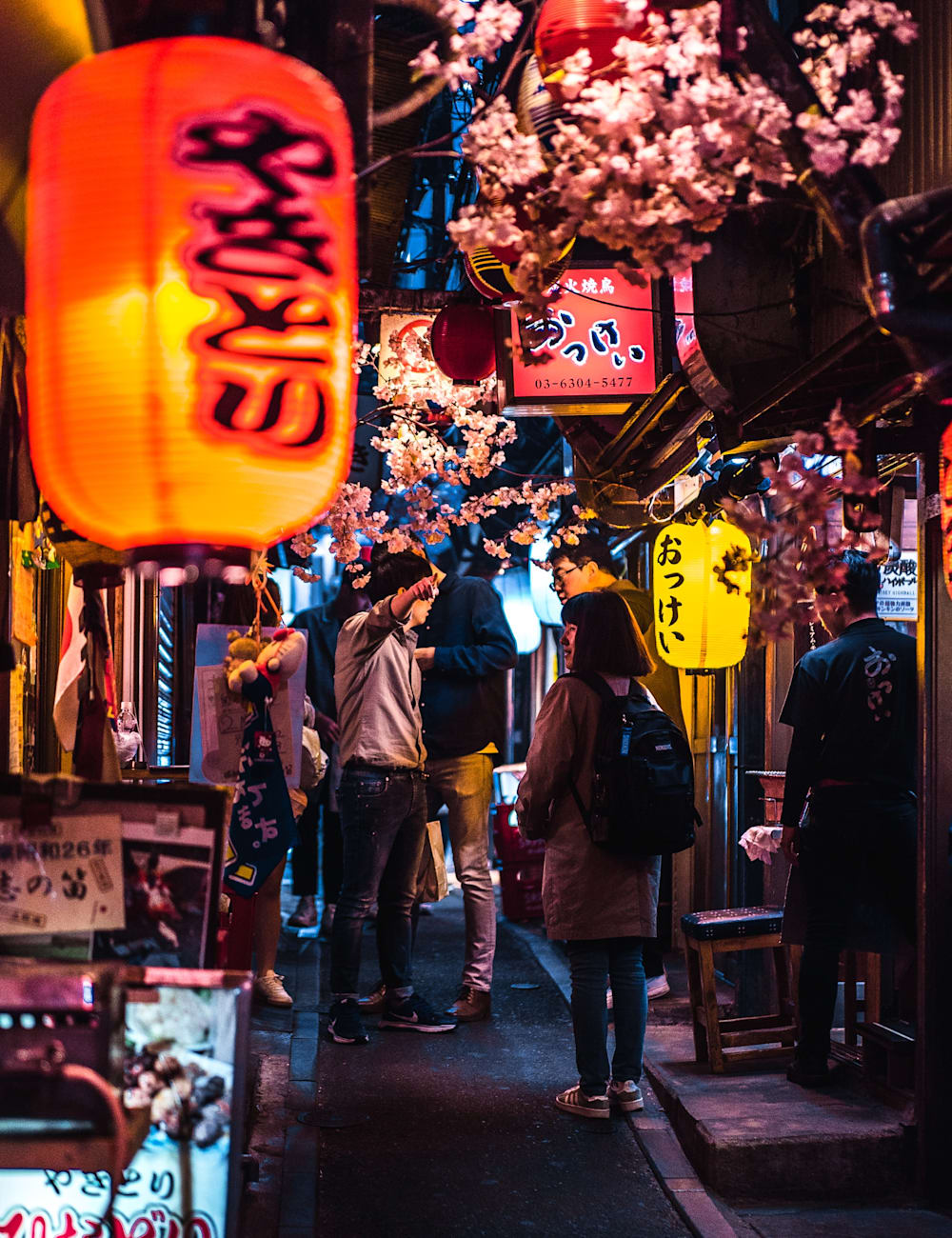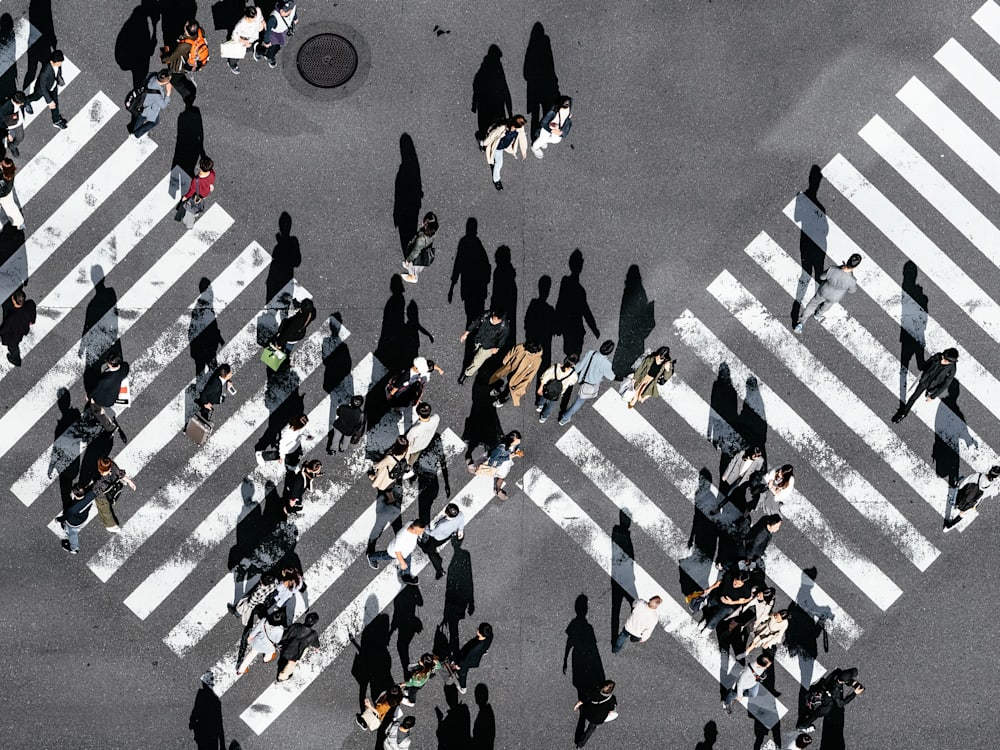‘Brace yourselves,’ says our guide as we head for Tokyo’s Chiyoda subway line to get from Marunouchi to Shibuya. ‘It’s going to be packed down there, and I mean packed.’
The Tube-weary Londoner in me wants to laugh ruefully – this is the tail-end of the Tokyo rush hour, not the Central Line first thing on some muggy midsummer morning. But it’s harder to laugh when you’ve seen the YouTube videos of Japanese commuters squeezing themselves into impossibly full carriages, or heard the tales of tourists letting three, four, five trains go by and never getting on.

I admit it, I’m a little nervous. We move fast, descending stairs and escalators, navigating the ticket machine and speeding through the barrier among pristinely suited office workers bidding each other surprisingly drawn-out goodbyes, punctuated by enthusiastic bowing.
At last, we reach the correct platform, braced for chaos. But instead, orderly queues have formed at intervals, and the scene is near silent save for a chorus of birdsong that calls out intermittently from some unseen speaker (an audio aid for the visually impaired). The air feels fresh, clear, and when the train arrives it is busy but spacious, seats freeing up in the space of a few stops.
It’s considered rude to talk in anything much louder than a whisper on public transport in Japan, so the peace of the platform continues on board. Most eyes are directed downwards, towards a screen or, in my case, swiftly close thanks to a soporific combination of gently rumbling movement, lingering jet lag, and one glass of icy sake sipped in a hotel room before heading out.

Such is the unexpected serenity of urban Japan, where even the most mundane moments can be surprisingly meditative.
In the country’s gargantuan, hyper-modern cities, peace and quiet waits patiently around every corner it turns out. Especially in Tokyo, a land of neon streets, head-spinning sky rises and vast 3D billboards.
It’s the most densely populated city in the world, but among the buzz of this frenetic, futuristic capital, you might be surprised to find a preference for cash over card, a deep devotion to manners and tradition, and a proclivity for queuing – whether for the next big flagship store opening in Ginza or the best ramen place in Tokyo Station, which feels like a city unto itself. You might also notice an intangible stillness at the heart of, well, almost everything.

This could be because the city is home to some 4,000 shrines and temples, hidden in plain sight. Take Harajuku, a buzzy district known as the birthplace of Kawaii (loosely meaning ‘cute’) culture and the capital of Tokyo’s street fashion, filled with trendy lanes of vintage shops and cafes.
It’s here that you’ll find the huge shinto Meiji Shrine, located in a large, shaded swathe of densely forested grounds between Shinjuku and Shibuya. Here, at the intersection of two of the busiest parts of the city, you can walk through towering gates and opulent structures dedicated to the deified spirit of an emperor and his consort.
The landscaped gardens of the Imperial Palace, where the glassy surfaces of ponds reflect the high-rise offices of the Otemachi business district, similarly calms. I meet two American tourists during my slow parade around the gardens, who mistake my delayed responses and quiet demeanour for jet lag. I don’t admit that I’ve been here for a week already and I’m simply feeling – there’s just no better word for it – zen.

Even Shibuya crossing, the iconic intersection across which 3,000 people scramble at a time in all directions, has an almost methodical quality, discrete streams forming naturally, interrupted only by the occasional tourist trying to film the experience (this writer included). In its constant motion, surrounded by the urgency of flashing screens, bright lights and advertisements, crossing can feel like drifting back to shore on a gentle tide.
City breaks, particularly those with an incomprehensible amount to explore, are so rarely this relaxing. But Tokyo can be, even more so if you’ve come here from Japan’s spiritual heartland, Kyoto.
A compelling case can be made for starting your Japanese adventure here in the country’s erstwhile capital, which is around 225 miles – or a thrilling two-hour bullet train ride – away. Firstly because it’s the most heavenly place to decompress after a long flight, but also because it’s impossible not to absorb the sense of serenity.

It’s a bustling city of nearly 1.5 million, but at its core is the refined culture and charm of traditional Japan. Here, incense wafts through the air, geiko (geisha in the Kyoto dialect) walk steadily through the ancient cobbled streets in traditional dress, and kaiseki cuisine changes your perception of how meticulously and artfully food can be prepared and presented.
All is delicate and thoughtful, and it sets you on the right stead for discovering the peace at the heart of the country’s larger cities. The traditional Japanese tea ceremonies that abound in Kyoto work as the perfect metaphor: exercises in patience and appreciation that can last up to four hours.
Kettle-wielding westerners may be resistant at first, but the series of slow movements and grateful drinking is like meditation in motion, a reminder that you don’t have to be sitting alone cross-legged on the floor to gain some insight, reflect on your travels, or just – y’know – switch off for a moment.
Feeling zen? Drift over to view our collection of boutique hotels in Japan
Jessica Burrell is a writer at Vanity Fair, Vogue, Stylist and more.



